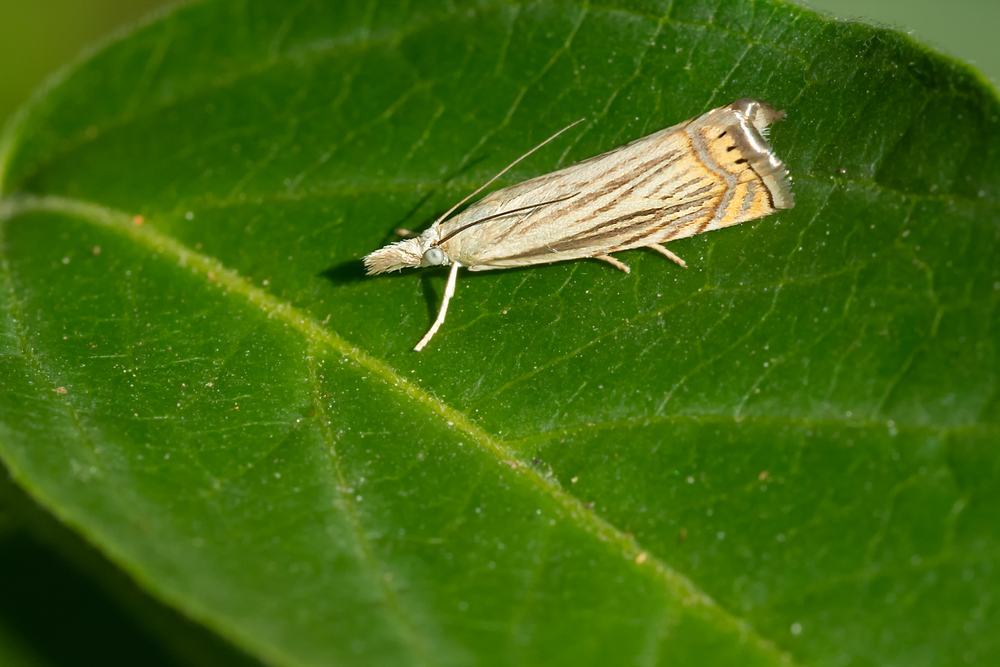Turf grass or sod is the most important plant in our region. You will need to take care of your sod, regardless of whether you are a green thumb. Warm season grass is the most common type of sod in our region. This means that these grasses are at their peak growth season when it’s warm (Mar-Oct).
Bermuda and St. Augustine and Zoysia. These grasses are not well-known. Here is a quick overview:
Although it may seem like a tedious task to care for your sod, there are a few simple guidelines that will help you ensure your sod thrives year after year. You must ensure your turf gets enough sunlight and water.
Sunlight
Growing healthy turf requires sunlight. Your lawn’s needs will be determined by how much sunlight it receives during the growing season.
Bermuda: Bermuda thrives in full sunlight (more than 4 hours per day) and is very sensitive to shade.
St. Augustine: St. Augustine thrives in full sun (more than 4 hours per day), but it is also the most shade-tolerant of all warm season grasses.
Zoysia is a hardy plant that thrives in full sun (more than four hours per day), but it can also be grown in shaded areas.
Watering
Your warm-season grasses will thrive if you water them properly. Your sprinkler system should be run for 10-20 minutes each week during the growing season.
Your terrain, grass type, and irrigation system will affect the frequency and time it takes to water. For watering recommendations and limitations, check with your local water utility provider.
Bermuda: The most drought-tolerant of all warm season grasses. For 10-20 minutes, water once per week
St. Augustine is the most drought-tolerant of all warm season grasses. For 10-20 minutes, water twice a week
Zoysia is fairly drought-tolerant For 15-25 minutes, water once a week
After you have ensured that your sod receives the right sunlight and water, it is time to continue routine maintenance. You will need to fertilize, mowing, and aerating your sod every year in order to maintain its health and promote dense turf.
Fertilizing
No matter what type of sod you have, your turf should be fertilized regularly during the growing season. The perfect time to fertilize your lawn is spring.
Many services are available that will take care of your weed control and fertilize your lawn. You should be aware that fertilizers can come in liquid or granular forms if you do it yourself.
Liquid fertilizers are more affordable and provide faster results. Liquid fertilizers have one drawback: you’ll need to apply it more often to maintain green grass.
Spreading granular fertilizer is another option. This fertilizer is known as a slow-release fertilizer, and will last much longer. Our SOD Grass experts recommend that you use granular fertilizer in the summer heat. You will find three important numbers or letters on your fertilizer in the store: 20-5-10 NPK
The numbers represent the amount of Nitrogen-Phosphate-Potassium in the fertilizer. There are many fertilizers that work, but you might consider buying an organic fertilizer.
Mowing
Warm-season grasses emerge from dormancy in the middle of March to April. We usually see Bermuda first, followed by St. Augustine or Zoysia. You can begin to mow once the grass turns green.
As the grass enters dormancy, you can expect to mow it every few weeks. However, these grasses should be mown once a week during peak growth season. Zoysia grows slower than Bermuda and St. Augustine, so it needs to be mowed less often.
Bermuda: Mow at 1 1/2″
St. Augustine: Mow at 2-1/2 inches –
Zoysia – Mow at 2 1/2 inches – 2 1/2 Inches
Aeration
The top layer of your soil can develop thatch over time, due to regular mowing and leaf fall sun exposure. Between the soil and the grass blades is thatch, which is made up of dead and living grass shoots as well as stem, debris, roots and other materials.
This dense layer between your grass’ root system and your grass will prevent it from getting the sun, water, and fertilization it requires. You should plan to aerate your lawn each year in order to reduce the amount of thatch.
This service is offered by most landscaping companies and lawn care companies in both in the spring and fall. Aeration machines are used to break up the thatch and remove small pieces of soil. This will allow sunlight, water, and fertilizers to penetrate the root system more effectively.
SOD Grass experts recommend that fertilizer be applied at the same time as the aeration. A good idea is to seed your lawn with grass seed simultaneously with the aeration. The soil will be more open and grass seed can be added to promote denser turf.
New Sod Installation
You may need to plant new grass if you find large patches of dead grass, or if your warm-season grass is not suitable for your yard’s current sun. You may want to consider adding grass seed to thin areas.
Growing grass from seeds can be a time-consuming task as it requires constant moisture to make the transition from seed to plant.
We recommend that you install new pieces of sod for larger areas. You should plant new sod during the growing season. Your new sod will take approximately 4 weeks to root. It is important to ensure that your new sod is well-rooted before it goes dormant. In October, we usually stop installing sod.
Planting new sod requires that you prepare the area for planting. You can either add a layer of soil to the area or till the soil. A loose soil bed is best to allow roots to grow.
After the soil is prepared, lay your pieces of sod in an alternating pattern or checkerboard (see below). This pattern ensures that the pieces fit tightly and prevents water runoff.
Proper watering is important for the first few days after the sod pieces are planted. Your new sod must be kept moist to ensure it roots. The soil will become more pliable and allow the roots to settle into it. Your new sod should be watered for approximately 10 minutes each day.
Morning is the best time to water your sod. If the soil is dry, you might need to water it again in the evening. This watering schedule should be followed for the first two to three weeks. You can then water the plants every other day for the first 2-3 weeks, and then you can switch to your weekly watering schedule.





